Lancaster Castle’s noose terrorised the city criminals until the last man hanged for failed suicide
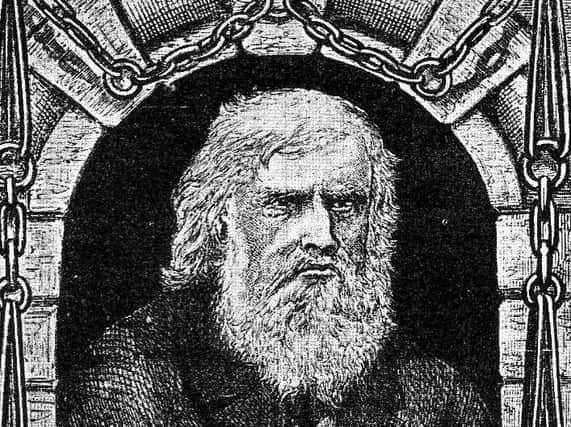

Ten women were to suffer at Lancaster. They were Hannah Eastwood who was hanged on Saturday, May 2, 1801 for forging £1 notes at Manchester.
She was the first woman to be executed in the county since 1772 and was executed alongside three men who were also convicted of forging bank notes.
Advertisement
Hide AdAdvertisement
Hide AdMary Jackson was hanged for stealing in a dwelling house in 1806 and Mary Chandler for the same offence two years later. Hannah Smith, meanwhile, was put to death for the crime of riot in 1812, together with seven men.
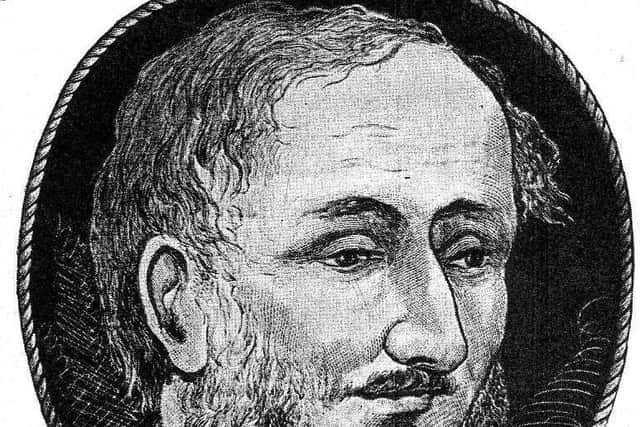

Susanna Holroyd suffered for the murder of her husband in 1816 (her body being afterwards dissected), and Jenny Cheatham was hanged on September 20, 1817 for uttering together with four men. Margaret Dowd was hanged for uttering in 1818 and Rachael Bradley for murdering her child in 1827.
The last woman to be hanged at Lancaster was 29-year-old Mary Holden, on March 19, 1834, for the murder of her 40-year-old husband, Roger, with arsenic at Hurst Green on February 24, 1834.
After 1835, Lancaster’s role as an assize town was reduced to serve just the northern areas of the county. Liverpool was allowed its own assizes, with those condemned there being hanged at Kirkdale Prison, which was eventually closed down and demolished in 1897.
Advertisement
Hide AdAdvertisement
Hide AdFrom 1864, Manchester also became an Assize town with its executions being carried out at Salford and later Strangeways prisons. Lancaster executions diminished sharply as a result of this and also the huge reduction in the number of capital crimes on the Statute Book from 1838 onwards. There were no further executions at Lancaster until 1853.
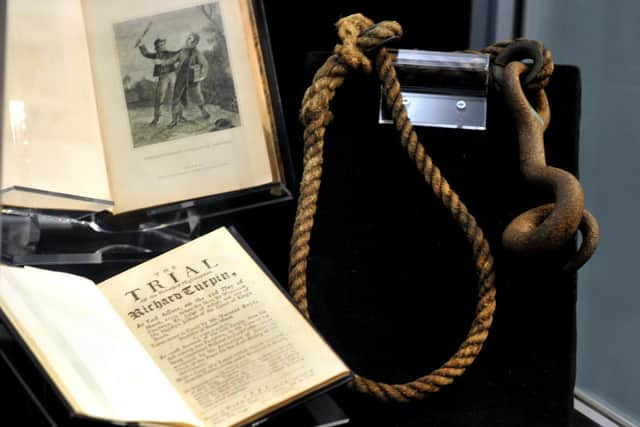

In 1862, Walker Moore, who had murdered his wife at Colne, managed to commit suicide on the morning of execution, August 30.
He had previously told the court that there was no rope in existence that would hang him. On that morning he asked permission to use the toilet and managed to drown himself in the large cistern that served several cubicles. The waiting crowds outside the prison were greatly disappointed at being robbed of their entertainment!
The last public execution at Lancaster took place on March 25, 1865, when Stephen Burke was put to death by William Calcraft for the murder of his wife at Preston.
Advertisement
Hide AdAdvertisement
Hide AdAfter that, there were only to be six more executions, all in private.
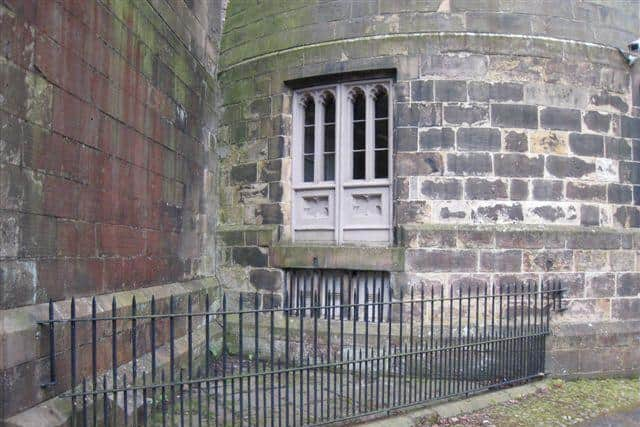

William Marwood officiated at the first of these, on Monday, August 16, 1875. This was the double hanging of 36-year-old William M’Cullough who had murdered his lodger, William Watson, and 24-year-old Mark Fiddler, who had killed his wife. This was to be the only double hanging in private.
On Monday, February 11, 1879, Marwood was to hang another wife murderer – this time it was 40-year-old William McGuiness.
Alfred Sowery, 24, shot his girlfriend, Annie Kelly for which he was sentenced to death.
Advertisement
Hide AdAdvertisement
Hide AdIn Lancaster’s condemned cell he was gripped by the terror of his situation, and according to James Berry, became “seriously ill”. On the morning of execution, Monday, August 1, 1887, Sowery had to be dragged to the gallows crying and screaming. Here he kicked Berry in the leg with such force that Berry was permanently scarred by it. However, his execution proceeded as normal.
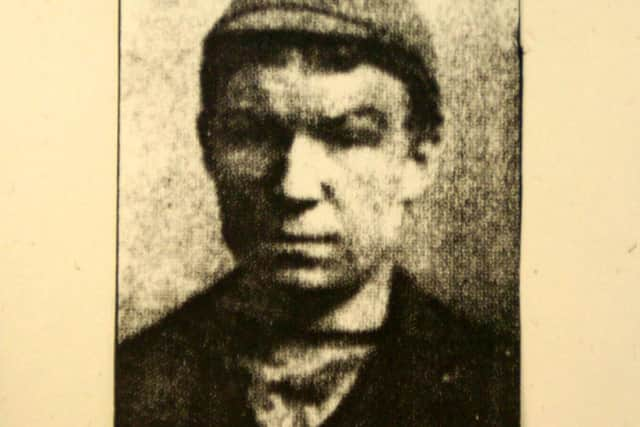

On Friday, February 9, 1886, Joseph Bains was hanged by James Berry for the murder of his wife at Barrow.
After a gap of 24 years, 31-year-old Thomas Rawcliffe became the last person to be executed within the castle.
Capital Punishment UK published this account of his execution on their Facebook page: “31-year-old Thomas Rawcliffe was executed for the murder of his wife, 27-year-old Louisa Ann, whom he had strangled at 1 Tyler’s Yard in Cheapside in Lancaster at around 7pm on the evening of Tuesday September 6, 1910.
Advertisement
Hide AdAdvertisement
Hide Ad“It seems that their marriage was normally happy, except when Rawcliffe had been drinking. The couple had three children.
“The day after the murder, Rawcliffe met PC Thomas Wilkinson, who was patrolling his beat. He told Wilkinson ‘I have killed my wife’, and took him to the house to view Louisa’s body. Here he was arrested.
“He told the officer that Louisa had been ill of late and that they had decided on a suicide pact. He was to strangle her and then take rat poison.
“A bottle of this was found in the house with some of the contents gone.
Advertisement
Hide AdAdvertisement
Hide Ad“Rawcliffe was tried at Lancaster on October 27. 1910, before Mister Justice Avory and it transpired that he had sustained a serious head injury as a child which may have accounted for his violent streak.
“He had fallen from a second floor window and did not recover consciousness for some six weeks. The jury made a recommendation to mercy with their verdict. “Several thousand people signed a petition for a reprieve but this and the jury’s recommendation were rejected by the Home Secretary. So on Tuesday, November 15, 1910 John Ellis, assisted by William Willis, carried out the death sentence.”
Lancashire employed its own hangman, as did most counties in 1700s and early 1800s, drawn from the inmate population.
The only one of these about whom any information remains was Edward Barlow, a Welsh “gentleman” known as “Old Ned”.
Advertisement
Hide AdAdvertisement
Hide AdBarlow died in the Castle on December 9, 1812, according to Castle records, having been imprisoned there for stealing a horse. Horse theft was a capital crime itself at the time, but executing Barlow was a problem for the authorities as hangmen were difficult to obtain. So they commuted his sentence to 10 years’ imprisonment on condition that he continued to carry out executions and floggings. He is estimated to have carried out 71 hangings here between 1782 and 1812.
It is unclear who succeeded Barlow, it may have been the hangman from neighbouring Yorkshire.
Samuel Haywood was active here in the 1830s and it is probable that he officiated at the triple hanging of murderers William Worrall, Ashton Worrall and Moses Fernley on March 14, 1831.
On the scaffold, William Worrall kicked off his shoes. This was thought to be a form of message to his mother who had apparently told him he would never die with his shoes off unless his behaviour improved (an allusion to being hanged). Haywood carried out as many as 18 executions here up to March 26, 1835, when he hanged John Orell for the murder of his eight-year-old daughter.
Advertisement
Hide AdAdvertisement
Hide AdWilliam Calcraft’s first execution at Lancaster was that of wife murderer, Richard Pedder on August 27, 1853. The rope he used for this hanging is still on display in the “Drop Room”, although sadly deteriorated.
As with the rest of the country, Calcraft was succeeded in turn by Marwood, Berry, and Ellis.
*Thanks to the contribution of the Capital Punishment UK website for all the information for this article.